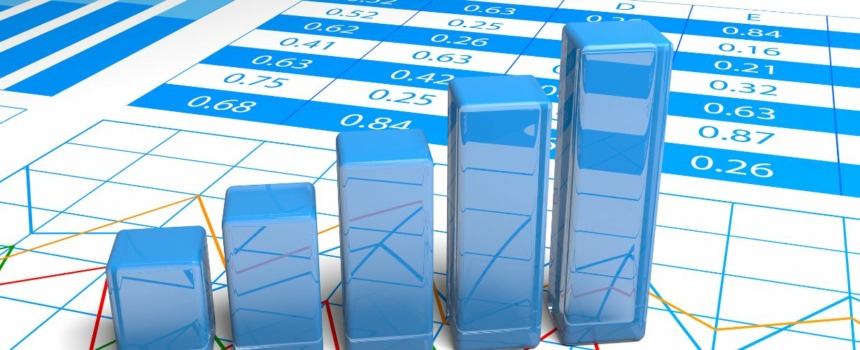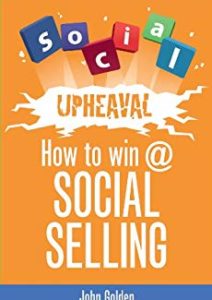What is Sales Forecasting and Why Is it Important?
Sales forecasting is the process of predicting future sales based on historical data and trends. It is an important aspect of business planning. Helps companies to make informed decisions about resource allocation, inventory management, budgeting, and staffing. Predictive analytics techniques, such as regression analysis and time series analysis. This can be leveraged to improve sales forecast accuracy. Machine learning algorithms are commonly used to generate sales forecasts.
The accuracy of sales forecasting has a significant impact on a company’s bottom line. If the forecast is too optimistic, the company may overspend and fail to meet its financial goals. On the other hand, if the forecast is too pessimistic. The company may miss out on potential sales and revenue opportunities. It is essential for companies to continuously refine their sales forecasting methods. Strive for the highest possible level of accuracy.
How to Create an Effective & Accurate Sales Forecasting Strategy
An effective and accurate sales forecasting strategy involves several key steps:
- Gather data: Collect and analyze relevant data on past sales, customer behavior, and market trends. Other factors that impact future sales.
- Choose a sales forecast model: Additionally, various models are available including regression analysis, time series analysis, and machine learning algorithms. The choice will depend on the nature of the business and the type of data available.
- Use a data-driven approach: The best sales forecasting models are based on real data and take into account multiple factors that may influence sales. Utilizing data-driven methods like statistical analysis will lead to sales forecast that is highly accurate.
- Continuously monitor and update: Sales forecasts are never perfect and will need to be updated regularly. Continuously monitor actual sales performance and make necessary adjustments to the sales forecast model.
- Collaborate with cross-functional teams: Sales forecasts impact multiple departments, operations, finance, and marketing. Collaborating with relevant teams helps to ensure that the sales forecast aligns with the overarching business strategy
By adopting these steps, companies can develop an effective and accurate sales forecasting strategy. This enables them to make well-informed decisions and attain their objectives.
What are the Best Data Sources for Creating Accurate Sales Forecasts?
Accurate sales forecasting requires access to high-quality data. The best data sources for creating accurate sales forecasts are:
- Historical sales data: A company’s historical sales data is the most important sources for creating sales forecasts. Utilize this data to gain insight into past sales trends and patterns and make predictions about future sales.
- Market research data: Market research data provides information on industry trends, consumer behavior, and demographic data that can impact future sales. This data can help companies to identify new opportunities and potential challenges.
- Competitor analysis data: Competitor analysis data provides insights into the sales performance of similar companies in the same market. This data can help companies to understand the competition and make informed decisions about their sales strategies.
- Customer behavior data: Customer behavior data provides insights into customer preferences, buying patterns, and engagement levels. This data can help companies to better understand their target market and make more accurate sales forecasts.
By utilizing these data sources, companies can gain a comprehensive understanding of their market and create sales forecasts that are based on real data and insights. This can lead to higher levels of accuracy and help companies to make informed decisions about resource allocation, inventory management, budgeting, and staffing.
Using Artificial Intelligence & Machine Learning to Improve Your Sales Forecast Accuracy
Artificial Intelligence (AI) and Machine Learning (ML) can play a significant role in improving the accuracy of sales forecasts. These technologies can help companies to analyze large amounts of data and identify patterns and trends that may impact future sales. Here are the key ways AI and ML can improve sales forecast accuracy:
- Predictive Analytics Software: Use AI and ML-powered predictive analytics software to analyze vast amounts of sales data and spot patterns and trends that could affect future sales. Subsequently, utilizing these insights, the software will produce precise sales forecasts.
- Time series analysis: Time series analysis is a popular ML technique that can be used to forecast future sales. This technique uses historical sales data to identify patterns and trends and make predictions about future sales.
- Regression analysis: Regression analysis is a statistical method that can be used to identify the relationships between different variables and predict future sales. AI and ML can be used to automate the regression analysis process and improve the accuracy of sales forecasts.
- Machine learning algorithms: Machine learning algorithms can be used to create more advanced sales forecasting models that take into account multiple factors that may impact future sales. These algorithms can identify patterns and trends that may not be easily visible using traditional methods, leading to more accurate sales forecasts.
By using AI and ML to improve sales forecast accuracy, companies can make more informed decisions about resource allocation, inventory management, budgeting, and staffing, leading to improved business performance.
The Benefits of Automating Your Sales Forecasting Process with Technology
Automating the sales forecasting process with technology offers several key benefits, including:
- Improved accuracy: Automated sales forecasting systems can use advanced algorithms and machine learning techniques to analyze large amounts of data. Generate more accurate sales forecasts.
- Increased efficiency: Automated sales forecasting systems can quickly process large amounts of data. Reducing the time and effort required to generate a sales forecast. This allows companies to focus on other important tasks.
- Reduced errors: Automated systems reduce the risk of manual errors and ensure that the sales forecasting process is consistent and reliable.
- Improved collaboration: Integration of automated sales forecasting systems with other systems, like demand planning software solutions. Leads to improved collaboration among teams and better-informed decisions.
- Better data insights: Automated sales forecasting systems can provide detailed insights into sales trends and customer behavior. And market trends, helping companies to make better-informed decisions about their sales strategies.
By automating the sales forecasting process. Companies can improve the accuracy and efficiency of their sales forecasting, leading to better business performance.
Leverage the Power of Technology and Data Analysis for Accurate and Powerful Sales Forecasts
Sales forecasting is a crucial aspect of business planning and decision-making. Technology and data analysis can greatly improve its accuracy and power. By leveraging technology and utilizing data analytics tools Companies can access and analyze large amounts of sales data. Identify patterns and trends, and make more informed predictions about future sales. This allows companies to optimize their resource allocation, plan for future growth, and make informed business decisions. Some popular tools for sales forecasting include spreadsheet software, predictive analytics software, and data visualization tools. It is important for companies to regularly review and update their sales forecasts to ensure their accuracy and effectiveness.
Unlock the potential of accurate sales forecasting with Pipeline CRM. The only solution on the market to integrate robust forecasting capabilities in its core system. Experience the benefits for yourself with a free trial.














Comments